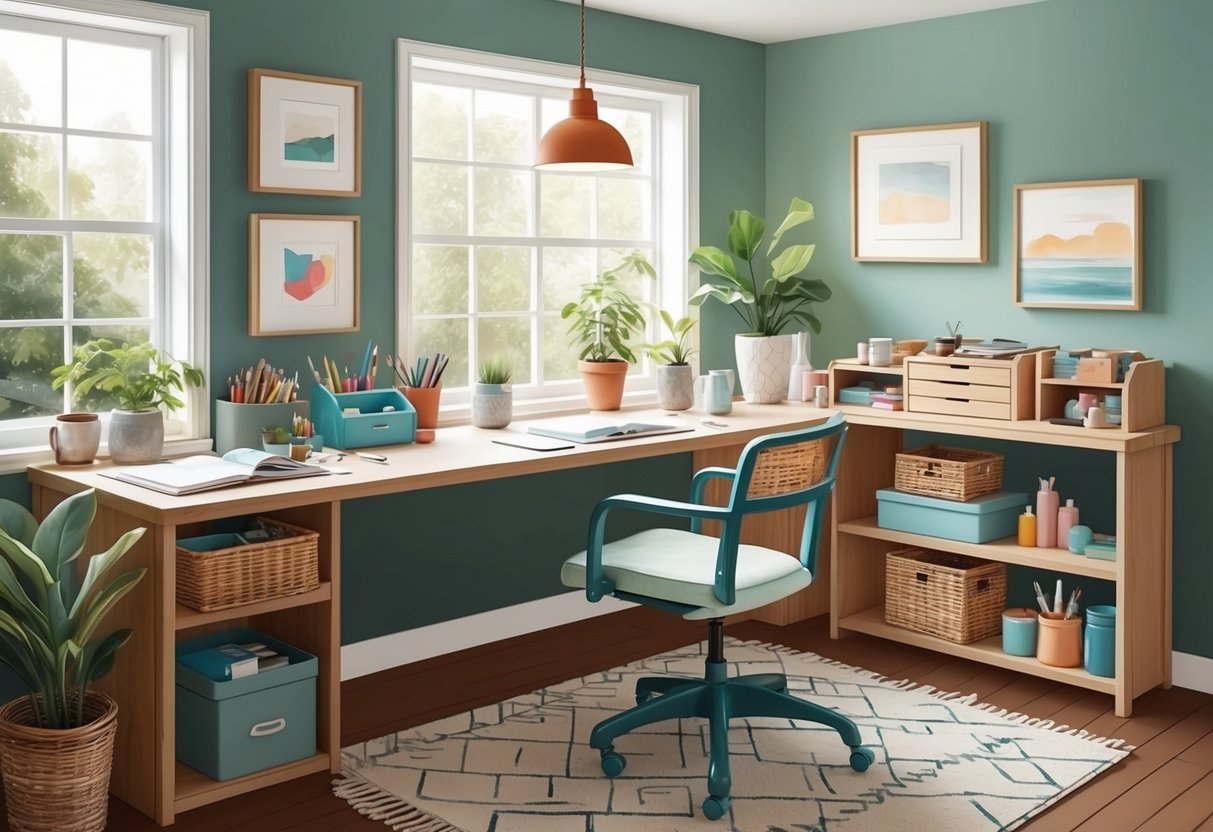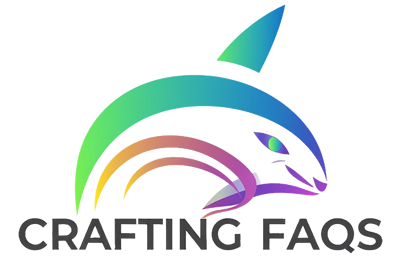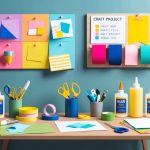
Creative Thinking Techniques for Crafters

Creative thinkers often use deliberate strategies to spark innovation and stay productive. Crafters can benefit from practical methods that encourage fresh ideas, structured problem-solving, and effective ways to push through mental roadblocks.
Brainstorming for Crafts
A focused brainstorming session helps crafters unlock original designs and explore creative avenues. Using mind mapping, they can organize ideas visually around a central craft project, branching out to potential materials, color schemes, and possible techniques.
Sticky notes or digital boards can also support this process, letting individuals quickly jot down concepts and move them around. Some crafters find it helpful to set timers—working in short, intense bursts to generate ideas without overthinking.
Inviting input from fellow crafters or friends can spark innovation, offering perspectives and possibilities that might not surface when working alone. Taking time to review these ideas later often leads to surprising connections and new directions for projects.
Problem-Solving Strategies
Effective problem-solving relies on breaking a challenge into manageable parts. When crafters hit a snag, they can start by defining the specific obstacle—such as fabric fraying, color mismatches, or tool limitations.
Listing every possible cause makes it easier to identify practical solutions. Creating comparison tables of options or listing pros and cons can clarify choices.
For example:
| Option | Pros | Cons |
|---|---|---|
| Change material | More durable, vibrant look | Higher cost |
| Adjust design | Faster to finish | Less detailed |
Testing small-scale prototypes before fully committing to changes saves both time and resources. Using resources like tutorials or seeking advice from online crafting communities helps broaden the set of solutions.
Guided experimentation, rather than guesswork, supports innovation throughout the process.
Overcoming Creative Blocks
Creative blocks are common, but adopting specific habits can help restore momentum. Taking breaks gives the mind a chance to recharge—walking, listening to music, or switching to a different craft are effective resets.
Crafters often revive their creative thinking by working on low-stakes or miniature projects where the pressure is minimal. This keeps hands and minds active, maintaining a regular creative practice.
If a block persists, trying new materials or techniques—even outside one’s usual style—can lead to unexpected breakthroughs. Revisiting finished work and reflecting on past solutions also reminds crafters of their capacity for innovation and persistence.
Pushing Beyond Your Comfort Zone

Stepping outside established routines is a direct path to personal growth and creative innovation. Practicing new skills and embracing mistakes fuels inspiration and helps identify unique strengths.
Challenging Yourself with New Projects
Taking on unfamiliar projects is one of the most effective ways to spark creativity. For those who often find themselves feeling creatively stuck, deliberately seeking out activities beyond typical interests can reboot curiosity and drive new ideas.
This means trying different mediums, collaborating with others, or experimenting with techniques that seem intimidating at first. A helpful approach is to set small, manageable goals that encourage ongoing progress.
For example, using a 30-day creative challenge can structure explorations and track daily achievements. List new skills to learn or projects to complete, and notice how each step increases confidence.
Each challenge, big or small, gradually expands comfort zones and opens the door to new perspectives. Exploring outside one’s creative boundaries often leads to unexpected inspiration.
Trying something for the first time can unlock hidden abilities and push creative limits even further. This process builds resilience, promotes personal growth, and leads to more innovative results.
Learning from Setbacks
Every attempt to grow beyond the comfort zone will include challenges and occasional failures. Rather than seeing setbacks as defeat, creators should treat them as practical feedback for improvement.
When something does not go as planned, analyze what did and did not work. Documenting lessons learned through a journal or note-taking app helps keep track of these insights.
Creatives who review their setbacks are better equipped to identify patterns, adjust their approaches, and develop new strategies for future projects. Learning from mistakes fosters an environment where innovation flourishes naturally.
Setbacks become stepping stones, not barriers, and are necessary for mastering new techniques and reaching higher goals.
Collaboration and Sharing Ideas

Working with others can increase creative potential and introduce fresh ideas into crafting routines. Sharing and collaborating often brings together diverse experiences, accelerating creative growth and unlocking new inspiration.
Networking with Other Crafters
Building connections with fellow crafters is essential for broadening creative horizons. By joining online forums, local workshops, or crafting groups, individuals can expand their network and gain insights from others’ techniques and styles.
Regular interaction helps crafters discover new materials, trends, and tools that may not be on their radar. Many find that discussing challenges and exchanging solutions in a supportive group boosts confidence and exposes them to practices that improve efficiency and creativity.
Ways to network:
- Attend craft fairs and maker markets.
- Participate in social media craft communities.
- Enroll in community classes or online seminars.
Strengthening these connections allows crafters to integrate feedback, refine their projects, and stay motivated through social encouragement and friendly competition.
Collaborative Crafting Projects
Collaborative projects stimulate creativity by blending unique perspectives and skills. When working on group endeavors, crafters contribute individual strengths, transforming ordinary ideas into exceptional results.
Projects can include group art installations, shared quilt making, or themed challenge swaps where each participant adds their personal touch. These efforts require communication and compromise but often lead to innovations that one person might not achieve alone.
Collaboration enhances the exchange of ideas and supports problem-solving by encouraging participants to voice opinions and consider alternatives. Exploring collaborative methods is recognized as a powerful tool for unlocking creative potential and producing more original, inspiring works.



